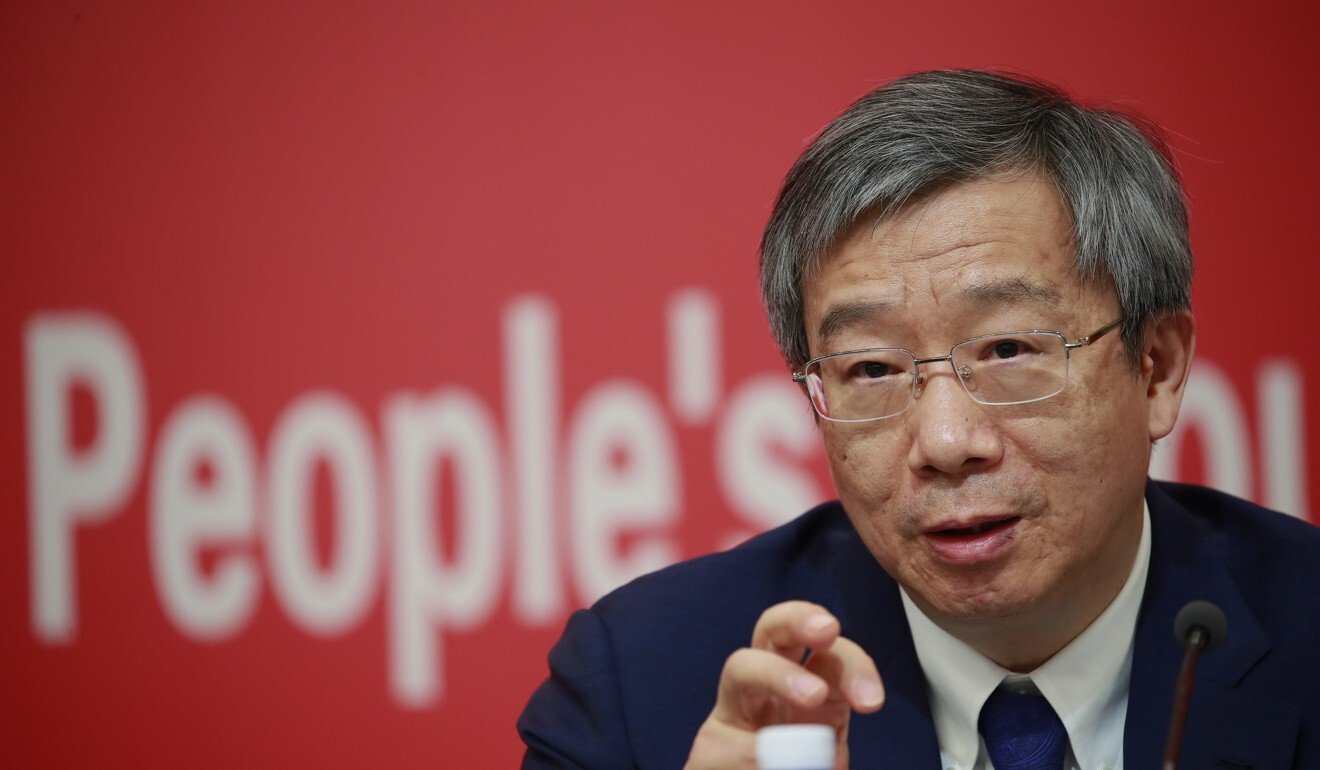
China nudges up its commitment to reduce carbon dioxide emissions
- Chinese President Xi Jinping says at Climate Ambition Summit that carbon footprint will shrink to ‘at least 65 per cent’ of 2005 levels by 2030
- Beijing had previously pledged a reduction of ‘up to’ 65 percent
China has pledged to reduce its carbon dioxide emissions by “at least” 65 per cent from 2005 levels by 2030, raising the target slightly from the country’s previous goal of “up to” 65 per cent.
“China is committed to contribute further in participating in the Paris agreement,” Chinese President Xi Jinping said on Saturday at the virtual Climate Ambition Summit 2020, urging that the world “unite to battle climate change”.
Leaders from over 70 countries took part in the event — hosted by Britain, France, Italy, Chile and the United Nations — to announce greater efforts in cutting the greenhouse gas emissions that fuel global warming.
“Climate change is a challenge facing all humans, unilateralism is no way out. We can only achieve a win-win by uniting and promoting cooperation,” Xi said, speaking in Chinese.

“As changes in the international order accelerate, the coronavirus pandemic has led us to reflect on our relationship with nature and increased our attention on the future of climate management,” he said.
China also committed to increasing its forest cover by 6 billion cubic square meters, making non-fossil fuels about 25 per cent of its primary energy mix, and increasing its wind and solar energy capability to at least 1.2 billion kilowatts in the next decade.
China, the world’s biggest emitter of carbon dioxide, pledged for the first time in September to scale up its voluntary emissions targets under the Paris climate agreement to achieve “carbon neutrality” by 2060.
With Saturday’s announcement, China has stepped up that pledge at a time when the United States has recoiled from the battle against climate change, having withdrawn from the Paris Agreement in 2019. US president-elect Joe Biden pledged on Saturday to rejoin the Paris climate accord on the first day of his presidency.
How China plans to fund its push to become carbon neutral by 2060
To combat climate change, Xi said on Saturday that each country should follow different principles depending on their ability. He urged developed countries to “strengthen their funding and technological support to developing countries”.
To become carbon-neutral, China will have to invest up to 100 trillion yuan (US$15 trillion) over the next three decades and implement sweeping technological changes, according to a reported published in October by Boston Consulting Group. The changes could prompt social upheaval as coal-mining jobs are lost.
Coal accounted for about 58 per cent of China’s primary energy consumption in 2019. China will need to increase the share of renewables in its energy mix by adding about 100 gigawatts of solar and wind power each year from 2021 to 2025 to reach carbon neutrality by 2060.
China’s central bank said this week it was mulling imposing mandatory requirements on state-owned financial institutions to help promote green economic activity.

The governor of the People’s Bank of China (PBOC), Yi Gang, said on Wednesday at a virtual fintech conference hosted by Singapore that the country’s financial regulators are banding together to fund the shift toward wind and solar energy.
Green bonds and green loans could play a big part in financing low carbon energy and manufacturing technologies and infrastructure. As of June, China’s banks had extended more than 11 trillion yuan (US$1.7 trillion) in green loans, the most in the world. Green bonds totalled 1.2 trillion yuan, the second-largest globally.
The PBOC has already strengthened its oversight of green finance, including evaluating banks’ support of green finance. The mandatory requirements would be a further step.
China’s carbon neutrality goal
Carbon neutrality – or net-zero emissions – means that emissions are balanced by absorbing an equivalent amount from the atmosphere. A number of European countries have made commitments to move to a net-zero emissions economy around the middle of the century.
At Saturday’s conference, Antonio Guterres, the secretary general of the UN, called for leaders worldwide to declare a state of climate emergency in their countries until carbon neutrality is reached.
“If we don’t change course, we may be headed for a catastrophic temperature rise of more than three degrees this century,” Guterres said.
A number of countries have made firm commitments. The United Kingdom has pledged to cut emissions by 68 per cent by 2030 compared to 1990. The European Union has agreed to cut their emissions by at least 55 per cent by 2030 from the 1990 level.
The Paris Agreement aims to limit global warming to 1.5 degrees Celsius above pre-industrial levels, a goal that would require carbon dioxide emissions to fall to net-zero and for unabated coal use to be largely phased out by 2050, according to the Intergovernmental Panel on Climate Change.
Additional reporting by AP

